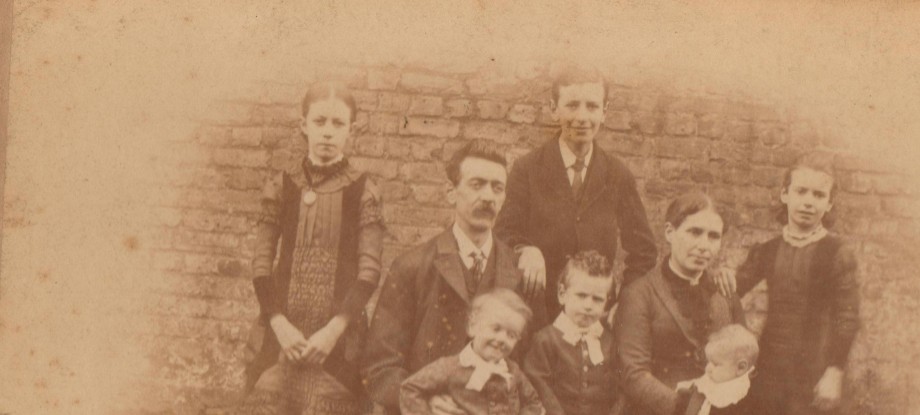The outbreak of the First World War would prove profitable for some textile businesses in the West Riding, as wars had in earlier centuries. They had supplied uniforms and other items for military use to this country, most of Europe, the Middle East and overseas territories for several hundred years previously. I think they clothed parts of Oliver Cromwell’s New Model Army – and they certainly did well out of the Napoleonic Wars as the British army and navy expanded rapidly. They often joked that unless Great Britain was involved, they clothed the fighting men on both sides of any conflict.
The firm of Thomas Burnley & Sons Ltd had rebuilt its premises at Gomersal Mills after a disastrous fire in 1913 and was ready to manufacture whatever the market required. In the days leading up to the British declaration of war on Germany in August 1914 everything came to a standstill. No business was transacted as everyone waited to see what would happen. The banks were closed for some weeks. Then the boom began. And the war machine was a hungry monster. It wanted khaki – millions of yards of it, flannel by the million yards, socks for soldiers, woollen cardigans – in a never ending stream flowed the demands of the War Office. As orders came pouring in the price of mills was at a premium. They could make any amount of money. Until then Gomersal Mills had produced worsted yarn for civilians but quickly geared up to participate fully in the demand for khaki yarns and ran machinery extra hours for many months. This surge was followed by spells of ordinary hours and by the end of 1915 things were distinctly quiet. They soon picked up. When the Armistice came in 1918 there was some disruption, as production switched from khaki to peacetime products and much new investment in machinery was made.
Margaret



12 Responses to Gomersal Mills and the outbreak of World War One